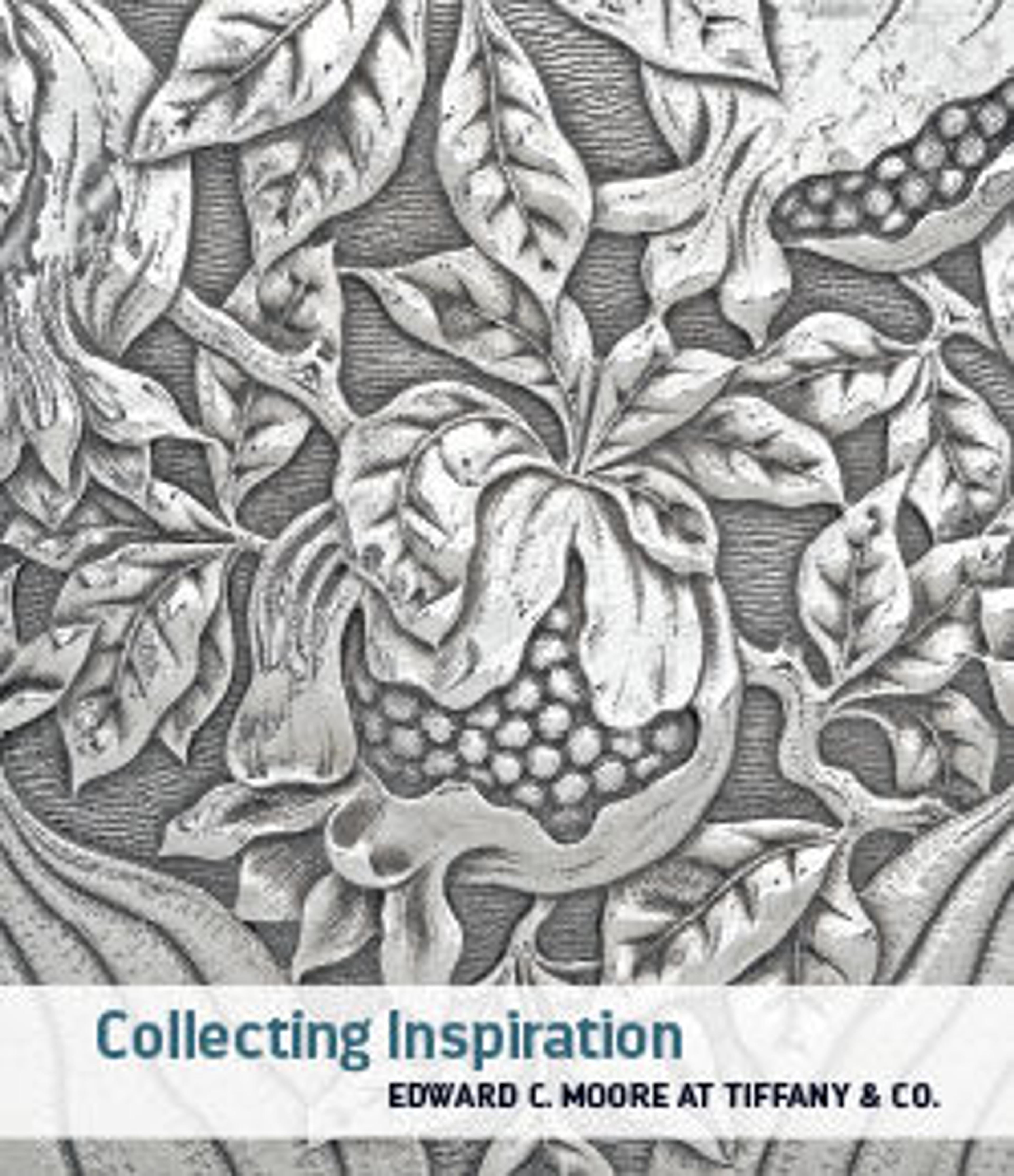Dagger (Qama) with Sheath and Utility Knife
Daggers with straight blades similar to this one first appeared in the Middle and Near East in the Bronze and Iron Ages. However, this particular type of dagger, called a qama and characterized by its large size, I-shaped grip, and straight, double-edged blade, is relatively modern, the earliest examples dating from the eighteenth century. The type may have originated in Georgia, and it gained popularity throughout the Caucasus as well as in Turkey, the Balkans, and Iran. A nimble weapon and convenient tool, the qama had by the mid-1800s also become a requisite dress accessory, worn angled, in the front of the belt by men, with some examples lavishly embellished.
This richly decorated qama was probably made in Tbilisi, an important trade and cultural center famous for its sword makers, possibly by a Degastani master. The hilt is formed of a single piece of walrus ivory, inlaid with narrow ribbons of gold and silver; the scabbard, made of gilt silver over a wooden core, is decorated with nielloed leafy scrolls raised against a stippled background. Neilloed floral designs inlaid upon gilded silver are a distinct decorative convention of Caucasian workshops at this time. The dagger's decoration and workmanship are of the highest quality. It compares closely, for instance, to a Caucasian flintlock rifle in The Met's collection that probably belonged to a member of the ruling family of Dagestan. The scabbard is also nearly identical to that of a qama in the Arsenal of Tsarskoye Selo, Saint Petersburg, acquired by Emperor Alexander II. The gold inscription on the Moore qama bears the name of David Chavchavadze, a member of the famous Georgian noble family of Tsinandali.
Moore collected this dagger as a specimen of exquisite and exotic metalwork, its design deeply rooted in the decorative traditions of the Middle and Near East. Much like Moore's own work, its appeal also lay in its remarkable unification of manifold techniques, including steel forging, koftgari (false damascening), silver gilding, niello, ivory carving, and inlay. The origins of Moore's fascination with the niello technique, which he experimented with and greatly refined, may be traced to works such as this.
This richly decorated qama was probably made in Tbilisi, an important trade and cultural center famous for its sword makers, possibly by a Degastani master. The hilt is formed of a single piece of walrus ivory, inlaid with narrow ribbons of gold and silver; the scabbard, made of gilt silver over a wooden core, is decorated with nielloed leafy scrolls raised against a stippled background. Neilloed floral designs inlaid upon gilded silver are a distinct decorative convention of Caucasian workshops at this time. The dagger's decoration and workmanship are of the highest quality. It compares closely, for instance, to a Caucasian flintlock rifle in The Met's collection that probably belonged to a member of the ruling family of Dagestan. The scabbard is also nearly identical to that of a qama in the Arsenal of Tsarskoye Selo, Saint Petersburg, acquired by Emperor Alexander II. The gold inscription on the Moore qama bears the name of David Chavchavadze, a member of the famous Georgian noble family of Tsinandali.
Moore collected this dagger as a specimen of exquisite and exotic metalwork, its design deeply rooted in the decorative traditions of the Middle and Near East. Much like Moore's own work, its appeal also lay in its remarkable unification of manifold techniques, including steel forging, koftgari (false damascening), silver gilding, niello, ivory carving, and inlay. The origins of Moore's fascination with the niello technique, which he experimented with and greatly refined, may be traced to works such as this.
Artwork Details
- Title:Dagger (Qama) with Sheath and Utility Knife
- Date:dated A.H. 1273 /1856–57 CE and 1861
- Culture:Caucasian, probably Tbilisi, Georgia
- Medium:Steel, ivory (walrus), silver, gold, niello, copper, wood (likely mahogany), leather, sharkskin
- Dimensions:dagger (a): L. with sheath 19 1/4 in. (48.9 cm); L. without sheath 19 1/16 in. (48.4 cm); L. of blade 14 3/4 in. (37.5 cm); W. 1 3/4 in. (4.5 cm); D. 15/16 in. (2.4 cm); Wt. 12.8 oz. (362.9 g); sheath (b); L. 14 3/4 in. (37.5 cm); Wt. 4.5 oz. (127.6 g); knife (c); L. 7 1/2 in. (19.1 cm); L. of blade 3 11/16 in. (9.4 cm); W. 9/16 in. (1.4 cm); D. 5/16 in. (0.8 cm); Wt. 0.8 oz. (22.7 g)
- Classification:Daggers
- Credit Line:Edward C. Moore Collection, Bequest of Edward C. Moore, 1891
- Object Number:91.1.890a–c
- Curatorial Department: Arms and Armor
More Artwork
Research Resources
The Met provides unparalleled resources for research and welcomes an international community of students and scholars. The Met's Open Access API is where creators and researchers can connect to the The Met collection. Open Access data and public domain images are available for unrestricted commercial and noncommercial use without permission or fee.
To request images under copyright and other restrictions, please use this Image Request form.
Feedback
We continue to research and examine historical and cultural context for objects in The Met collection. If you have comments or questions about this object record, please contact us using the form below. The Museum looks forward to receiving your comments.
